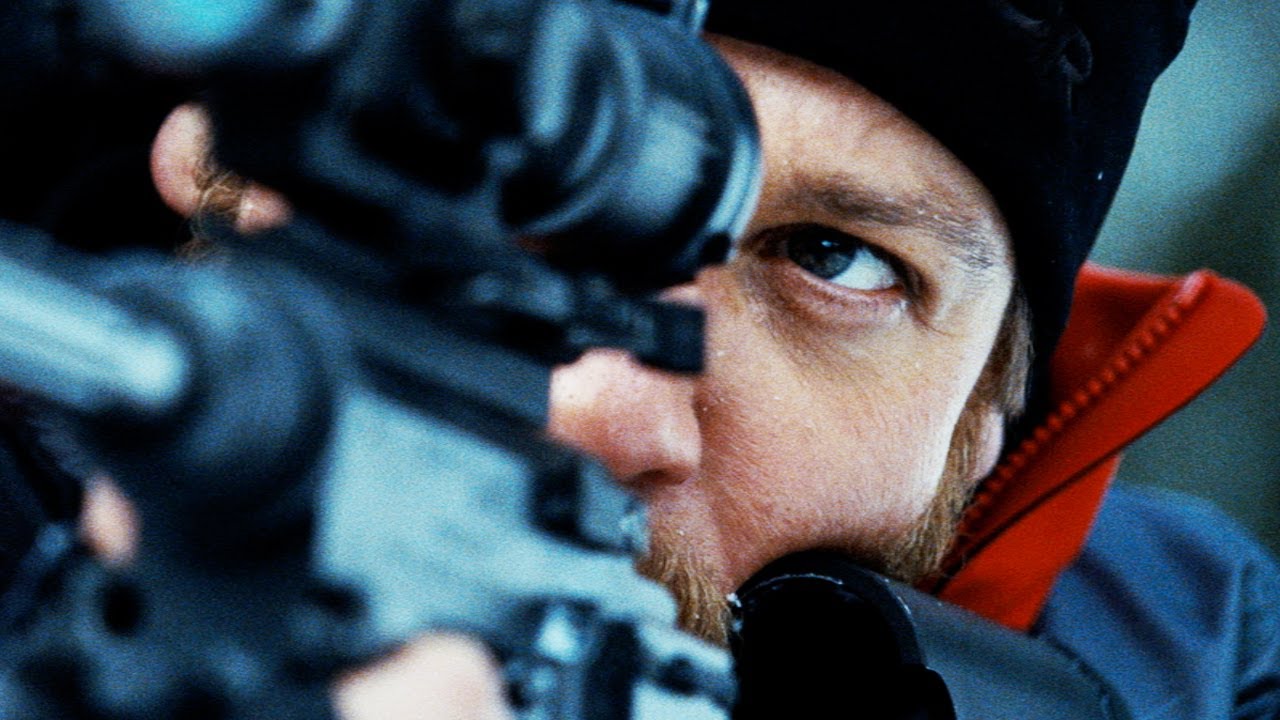
Modern audiences are used to sequels, reebots, remakes, and other forms of non-original filmmaking. In fact, sequels now seem the blandest kind of “film linked to another film”, especially since shared cinematic universes have shattered the idea of regular sequels: movies can now be linked among them, partly telling their own story, partly continuing a story told in several other movies, and partly setting up continuations that will take place in several other movies. Straight sequels that are not part of extended universes, or re-inventions of other movies, can almost be a reassuring presence in cinema.
Numerous franchises have been built through the years with sequel another sequel, and in order to stay alive they often needed to make radical changes. The strongest out of these possible changes are the ones regarding casting: when an actor is replaced, or a character eliminated, that obviously constitutes the main difference from the previous movie. This list looks at sequels that got rid of the main character of the previous movie. As we will see, the reasons for such a change can vary quite a lot.
10. The Huntsman: Winter’s War
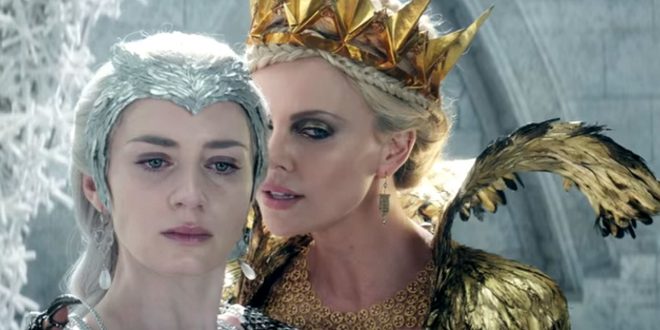
Gritty reboots are no rarity in Hollywood. Usually they are used on franchises that need new life, as it happened with Christopher Nolan’s Dark Knight, but other times grittiness is applied on well-known stories from the shared culture; the further away the original story seems to be from dark realism, the better. In 2012, Universal applied this principle and released Snow White and the Huntsman, a retelling of the Grimm Brother’s story.
The film maintains supernatural elements of the Snow White story, but twists it into more dramatic territory with a different dynamic between Snow White (played by Kristen Stewart), the Huntsman (Chris Hemsworth), and the Evil Queen (Charlize Theron).
The film was mildly successful, but a sequel was soon planned, before events outside the movie regarding a relationship between Kristen Stewart and director Rupert Sanders made it impossible for the two of them to be involved with the production of the movie.
The Huntsman: Winter’s War was released instead; the film is both a sequel and a prequel, but it does not involve Snow White if not indirectly, and tries to follow a different storyline with returning cast members, Hemsworth and Theron among them. Maybe because of the absence of Snow White, or maybe for its altogether average (if not bad) production quality, the film was not well received, and ended this small saga.
9. The Fast and the Furious: Tokyo Drift
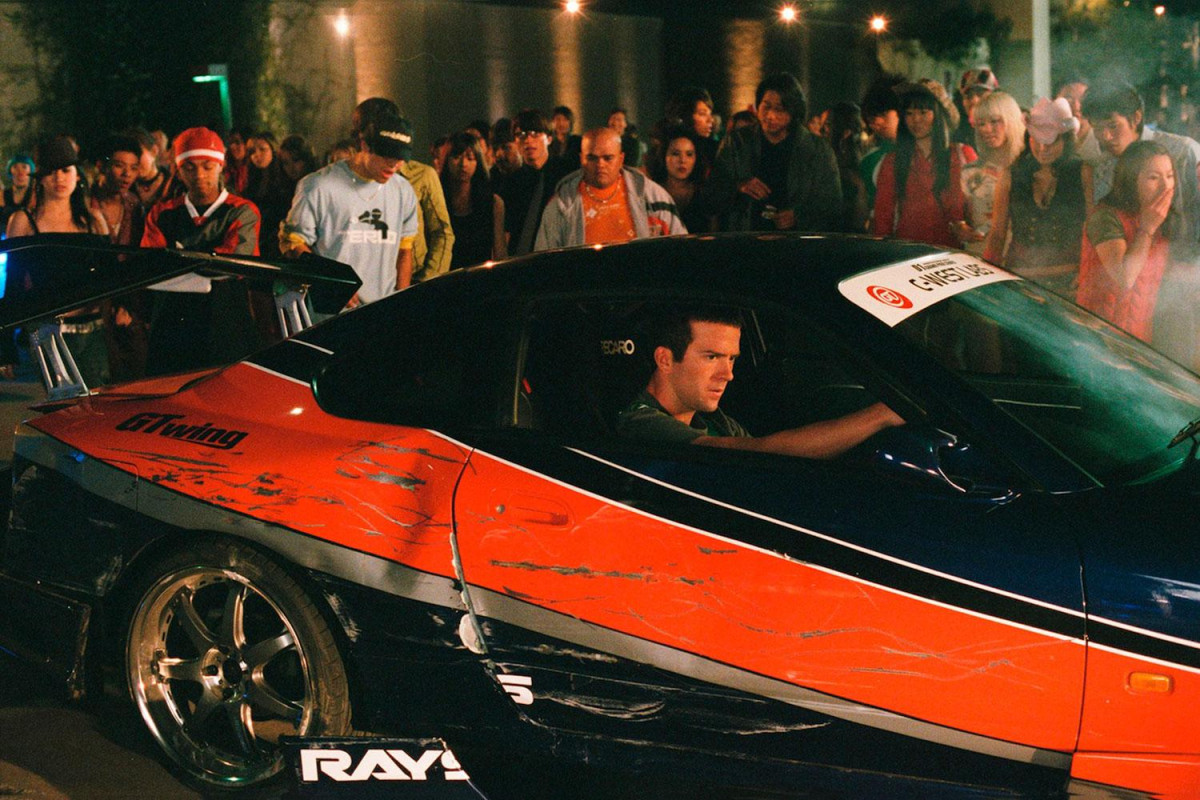
The Fast and the Furious is a peculiar franchise to say the least. It currently counts eight films, an upcoming spin-off (Hobbs and Shaw), and two short films. It has developed in an unique way, as the series repeatedly drifted (no pun intended) from its formula again and again, while losing, acquiring, and reinstating characters along the way. The first film was built around a Point Break-like premise, set in the world of illegal races.
The film simply focused on car hijackers, and rewatching it now can be quite surprising, considering how larger-than-life the franchise has become. The first sequel (hilariously titled 2 Fast 2 Furious) could deserve a spot on this list, since it once again starred Paul Walker but lost Vin Diesel’s Dominic Toretto.
The third chapter in the franchise went even further and changed the focus entirely to a different country and told a story about drifters in Tokyo. Paul Walker did not appear in the movie, and Vin Diesel only made a small cameo. The new protagonist was played by Lucas Black in a performance as ridiculous as the rest of the movie.
This entry of the franchise was not a great success, but the Fast and Furious world did not die: after a successful fourth film which reinstated its original stars, the series went on with increasingly bigger and more successful movies, eventually grossing over 5 billion dollars worldwide.
8. Pirates of the Caribbean: On Stranger Tides
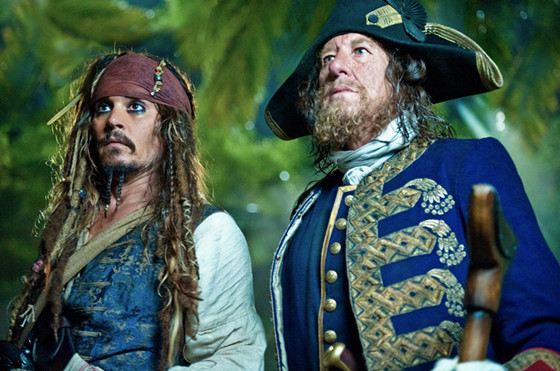
The Pirates of the Caribbean saga has been undoubtedly one of the most popular of the 2000s. Sure, it did not gather the same critical appreciation of The Lord of the Rings trilogy, and other franchises (like Harry Potter) actually developed a larger cult following, but looking at the numbers of the Pirates saga, it is clear we are talking about a box-office giant and a massive success.
Many people in the industry probably did not expect this: swashbuckler movies were not in their heyday when the first Pirates was released, in fact they were considered a massive box-office risk ever since the 1995 Cuttroath Island, a failure so big that it forced Carolco Pictures to actually shutdown (along some other box-office bombs, to be fair).
The immediate success of Pirates was born out of a mixture of exciting stunts, tight directing by Gore Verbisnki, and one of the best casting choices in recent history: Johnny Depp as Captain Jack Sparrow. It was such a good choice that it shed any doubt about Depp’s status as a gigantic international star, and also made Jack Sparrow into an unforgettable movie icon.
The Verbinski-directed trilogy (from 2003 to 2007) left room for more stories to be told, at least Sparrow-wise. But what about the two characters whose story was actually the main one during the first three films? Orlando Bloom’s Will Turner and Keira Knightley’s Elizabeth Swann were simply left out of the fourth film (not that the actors expressed interest in returning), and Depp finally got the starring role he did not fully have before.
Sure, he was top-billed from the beginning, but by looking at the first three films, it becomes apparent that the protagonists were Will and Elizabeth, and Jack was supposed to be an amusing supporting ally/antagonist. The fifth chapter eventually lured Bloom back in, as well as Keira Knightley in a brief cameo.
7. Independence Day: Resurgence
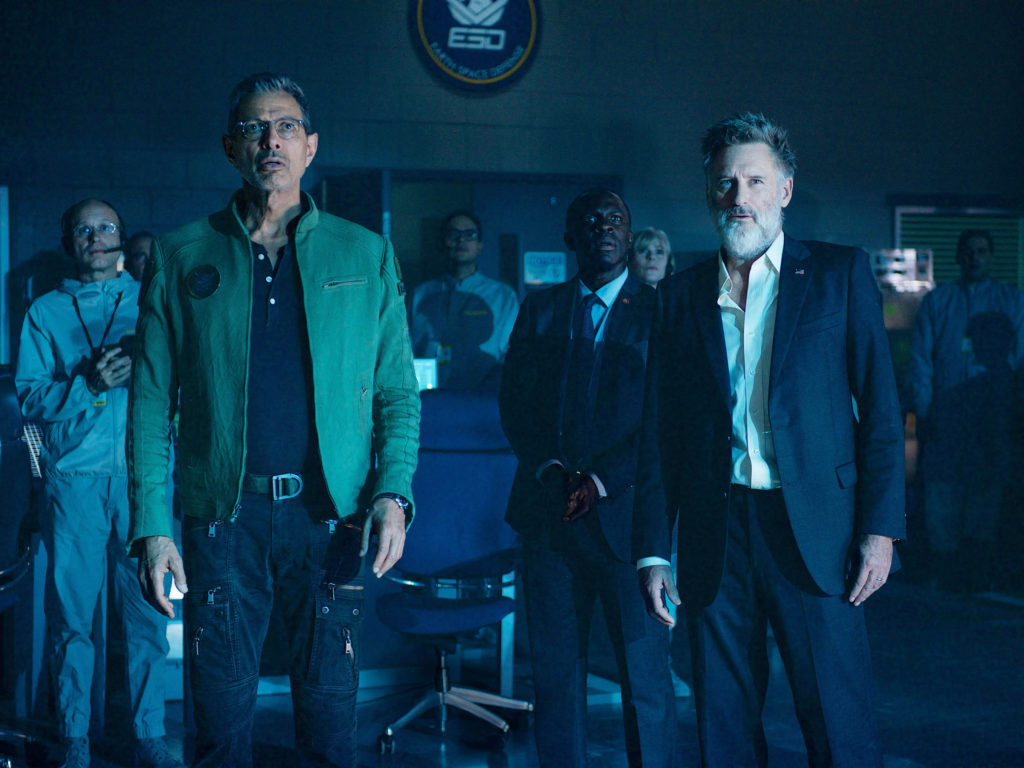
For a while, Hollywood’s biggest passion seemed to be rebooting old franchises, but in more recent years producers and directors alike have shown a tendency to simply make continuations of beloved movies, picking up the story from the last film that was produced, no matter how much time has passed.
Star Wars: The Force Awakens is a good example of this. Sure, everyone wanted more Star Wars, but was there any real value other than nostalgia in seeing much older versions of beloved characters like Han Solo or Princess Leia? The truth is that the cinema industry cannot pass on even the slightest opportunity of exploiting beloved movies from the past, and so every year our theaters are filled with sequel, reboots, re-inventions, and remakes. Many of them are successful, while others fall under the radar.
The pointless sequel to Independence Day falls under the second category. Subtitled Resurgence, the film follows events set twenty years after the first chapter. While Bill Pullman and Jeff Goldblum returned as their characters president Thomas J. Withmore and David Levinson (Goldblum did the same for the sequel to Jurassic Park’s reebot, Jurassic World), Will Smith did not come back for the film, either because of scheduling issues (he claims he was busy shooting Suicide Squad) or for contractual reasons (Emmerich stated that Smith was simply too expensive). Even if he had returned, this lackluster sequel would have probably been ignored by audiences in the same way. Plans for a third film were quickly shut down.
6. Sicario: Day of the Soldado
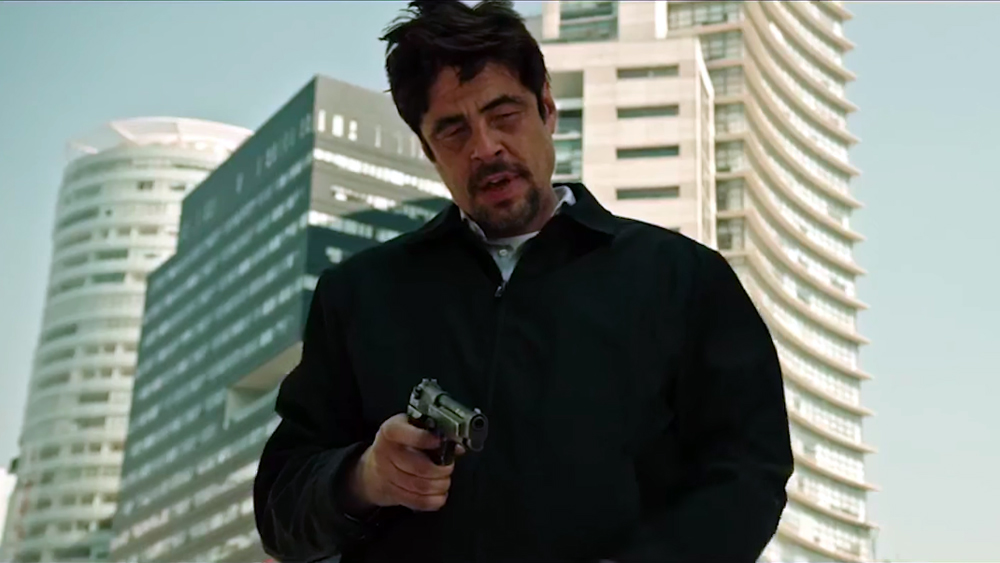
As soon as it was released, the 2015 gritty action film Sicario got an enthusiastic response from critics and was appreciated by the public. It was directed by Denis Villeneuve after his psychological drama Enemy and before his try at science-fiction (Arrival).
The film benefitted from Villeneuve’s state of grace as a director, and also had a compelling script by Taylor Sheridan (the actor/writer/director behind the script of Hell or High Water and the film Wind River). Part of the film’s undeniable value came from its visual style: it was shot by the masterful D.P. Roger Deakins employing digital cameras.
The plot involves an American mission on the Mexican border against drug cartels, and it is told through the eyes of Emily Blunt’s character, Kate Macer, who is involved in the mission and slowly discovers its shady aspects. Macer works with the characters played by Josh Brolin and Benicio del Toro.
When plans for a sequel were made, it was decided to focus on Brolin and del Toro and continue the Mexican cartel storyline. Emily Blunt’s character had basically concluded her story arc, and there was the feeling that bringing her back would have actually hurt the film, which had to change its focus from the first one.
From a storytelling point of view, the choice was right, but this does not change the fact that the sequel, directed by Stefano Sollima, could have used a character like that of Macer. This is partly because of a lack of a female counterpart to del Toro and Brolin, but mostly due to the fact that a film like Sicario – Day of the Soldado needs a character who is partly inside and partly outside the world that is told, in order to give perspective to the viewer. Emily Blunt did that perfectly, and her absence was felt.